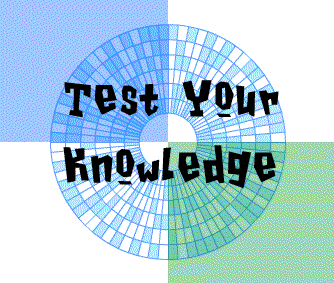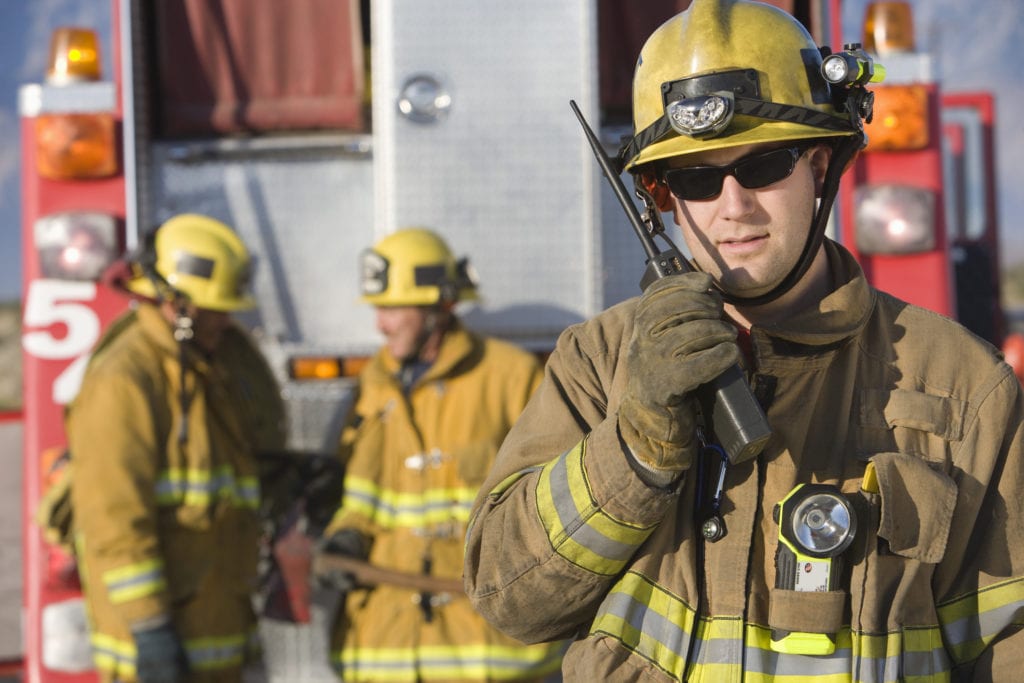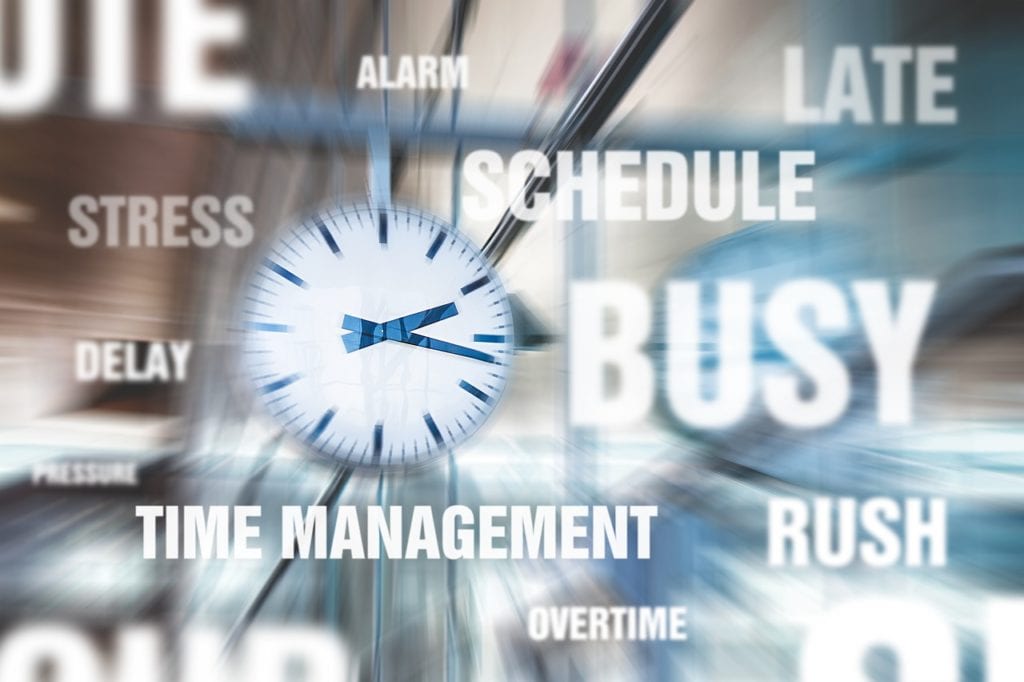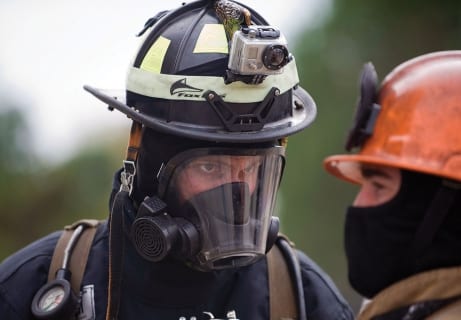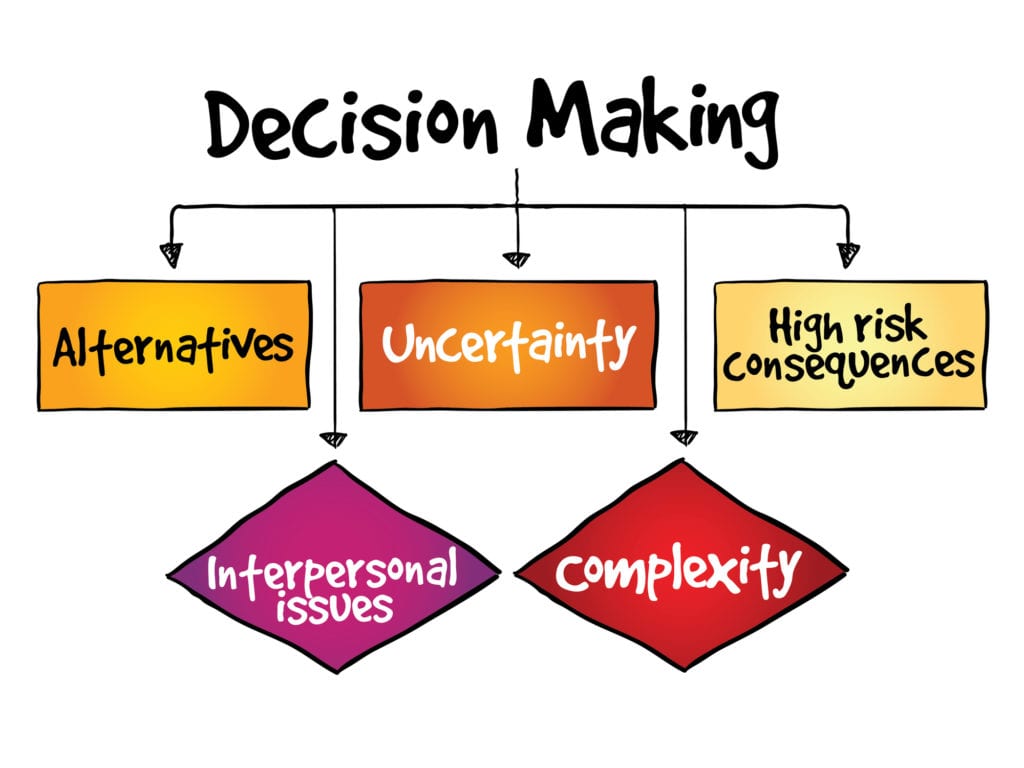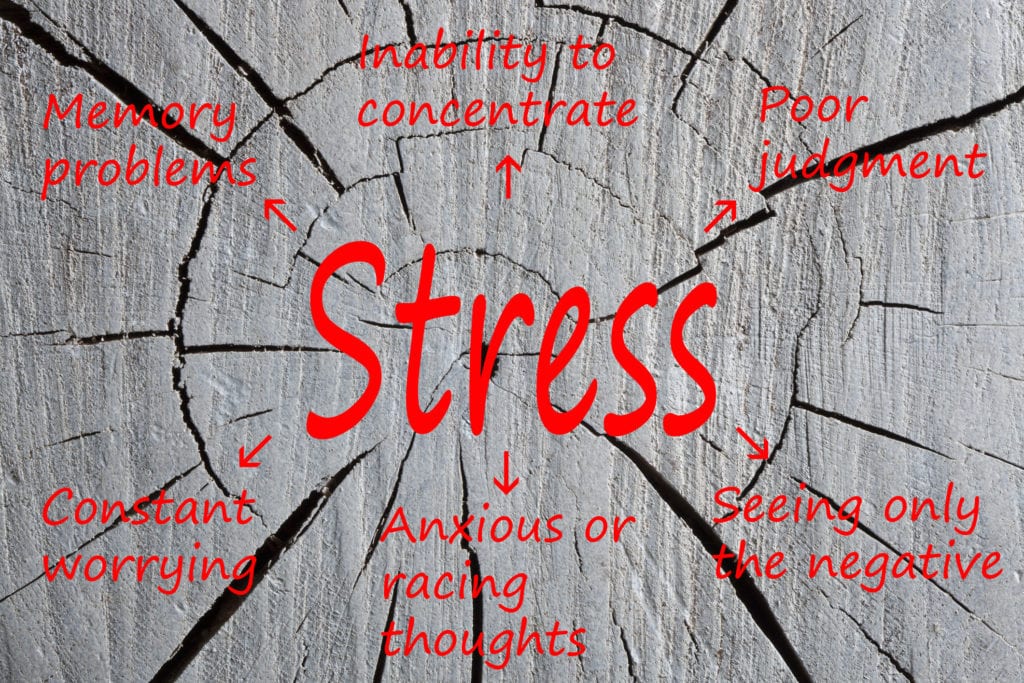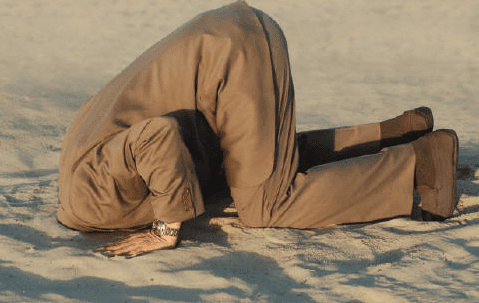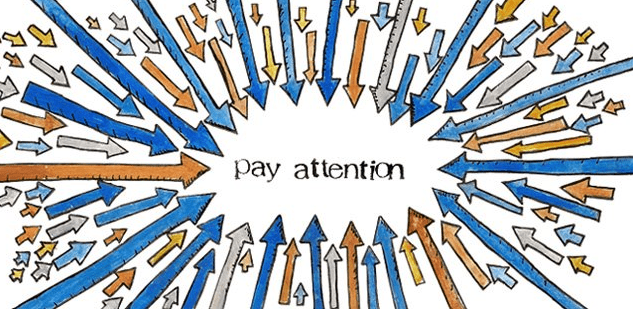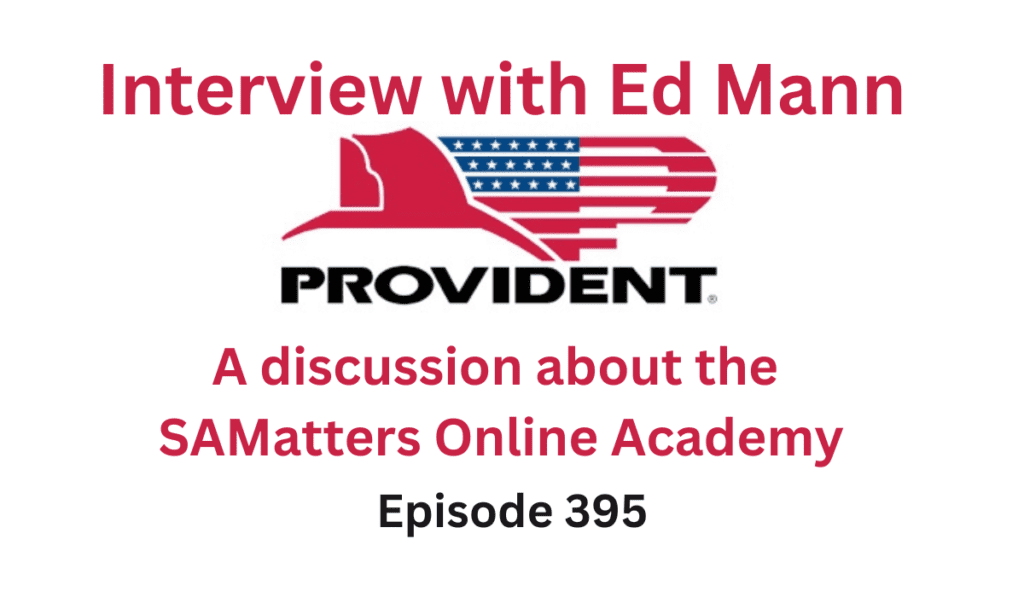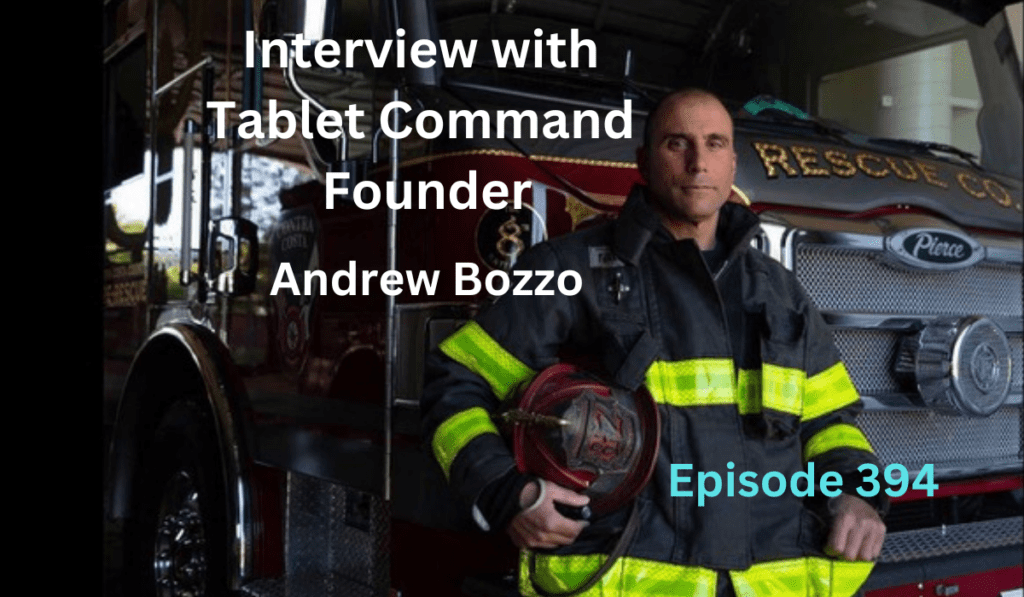Flawed Situational Awareness at Structure Fires
How significant (or stated another way… “How big a deal”) is flawed situational awareness as a contributing factor to firefighter near-miss events at structure fires? A. Not that big a deal B. Pretty big deal C. Really big deal (If you have attended one of my situational awareness programs you probably already know the answer […]
Flawed Situational Awareness at Structure Fires Read More »

